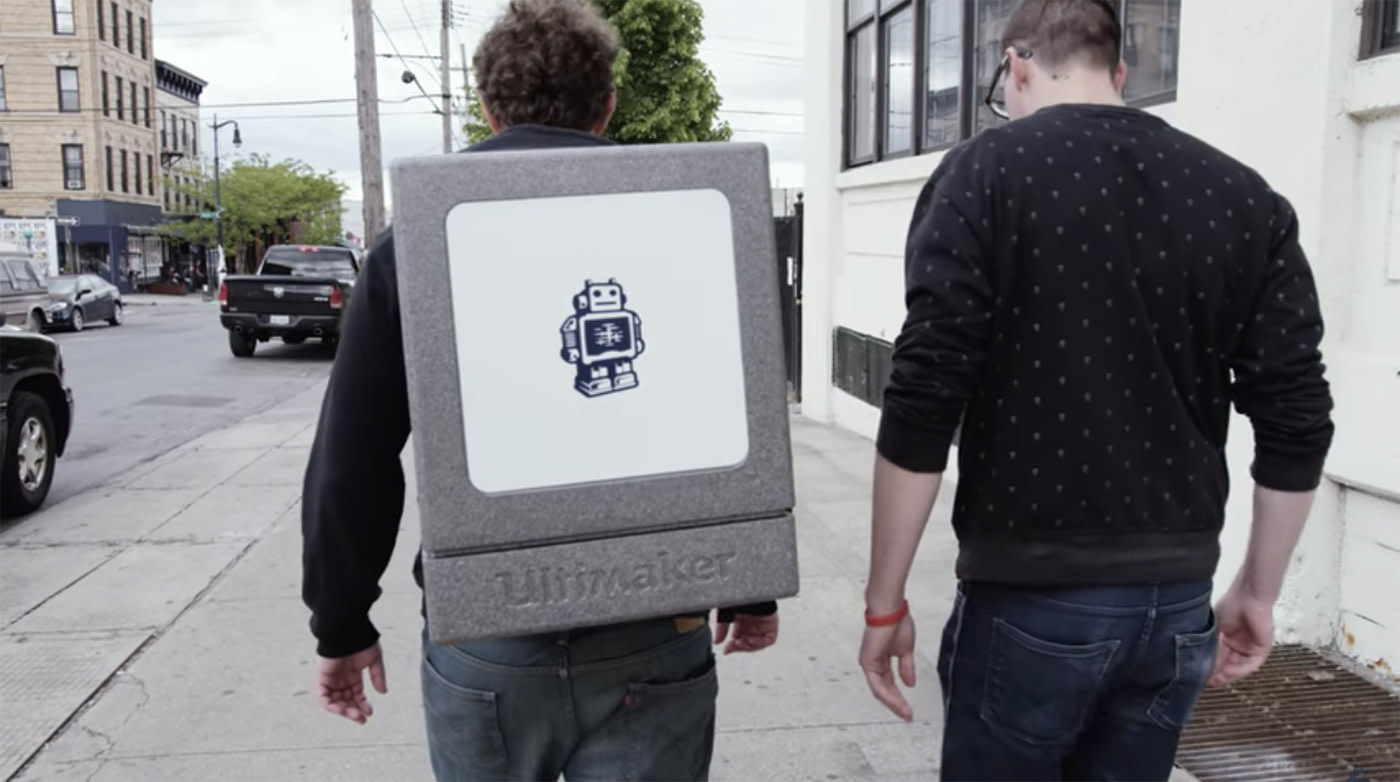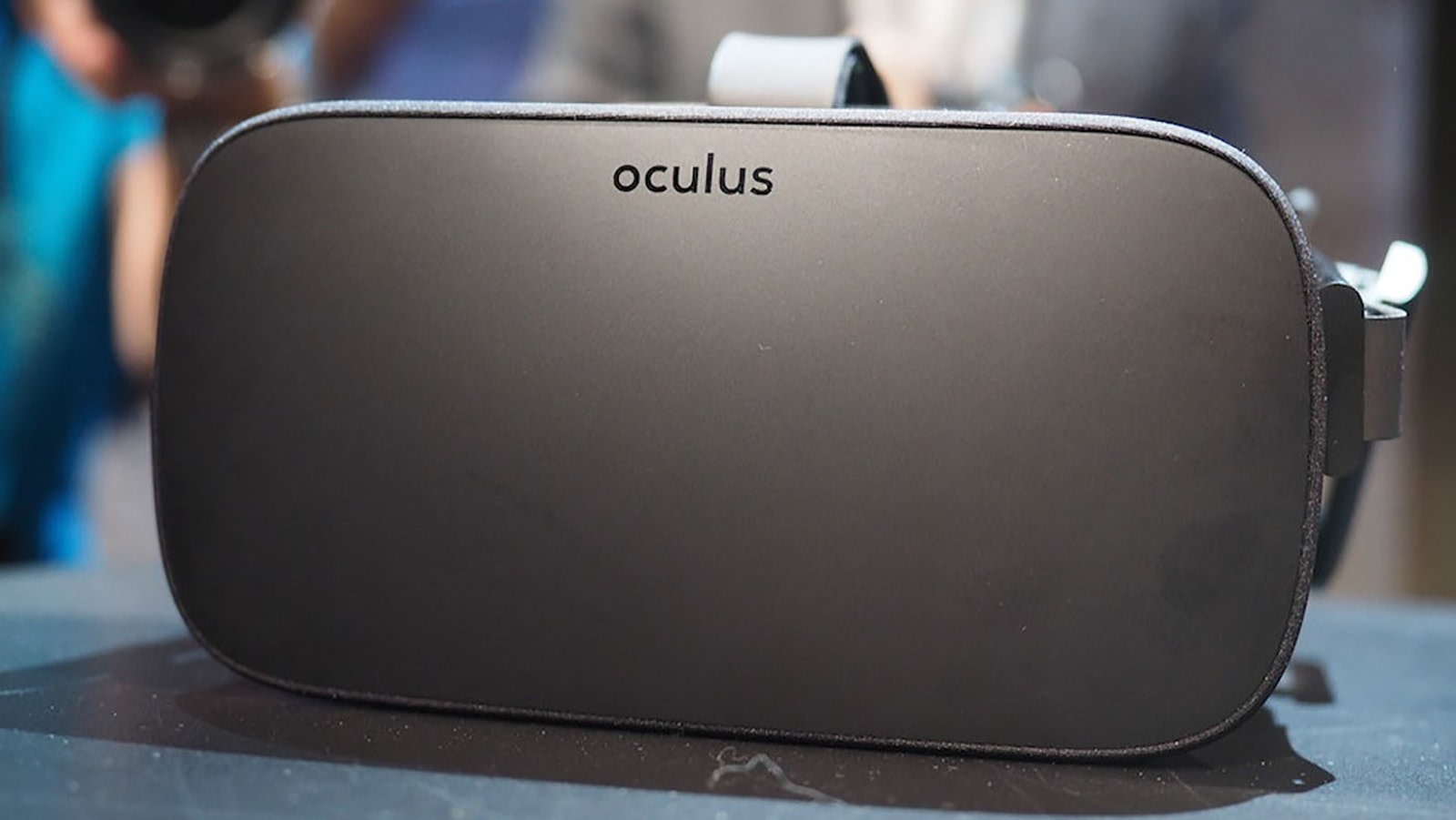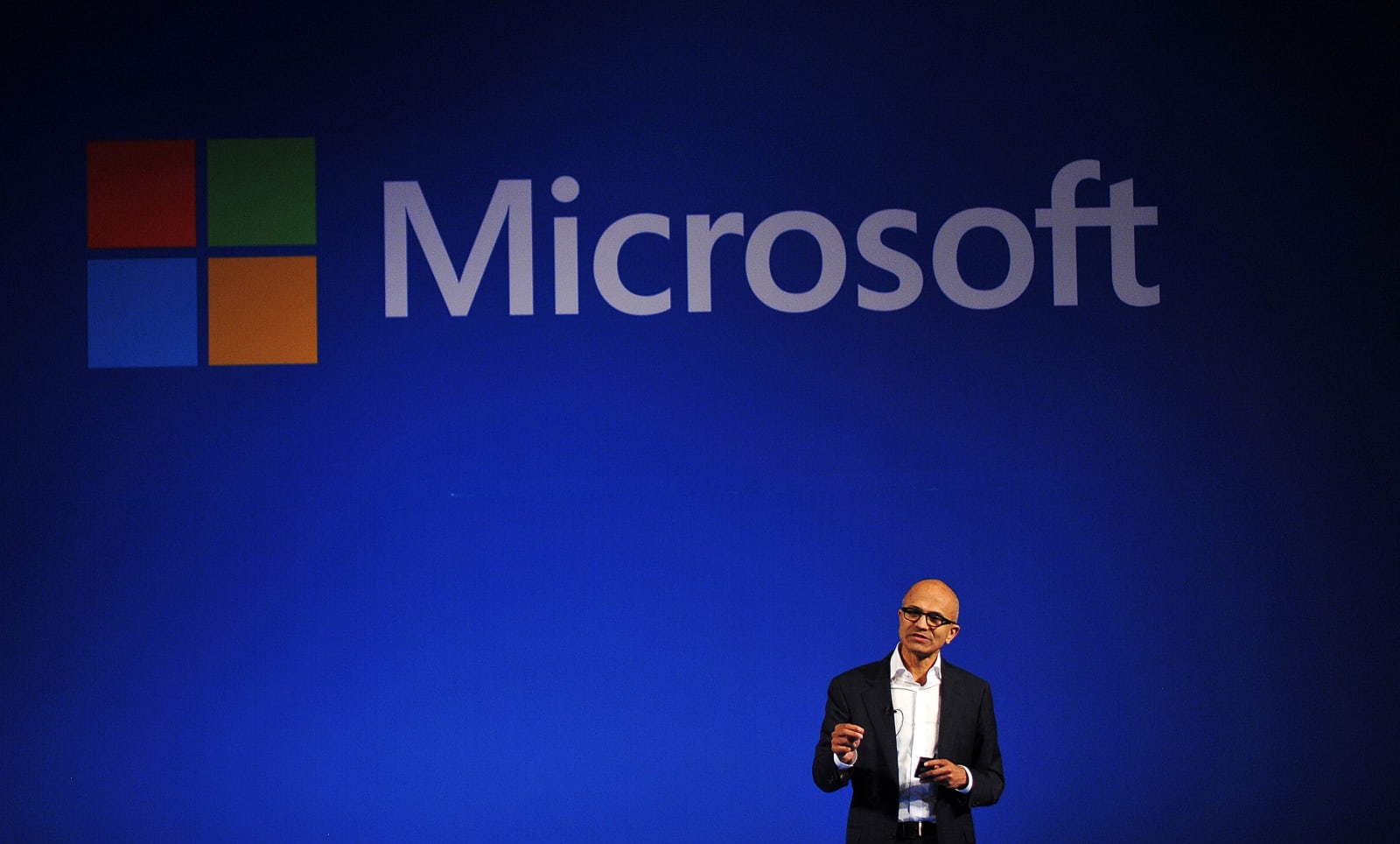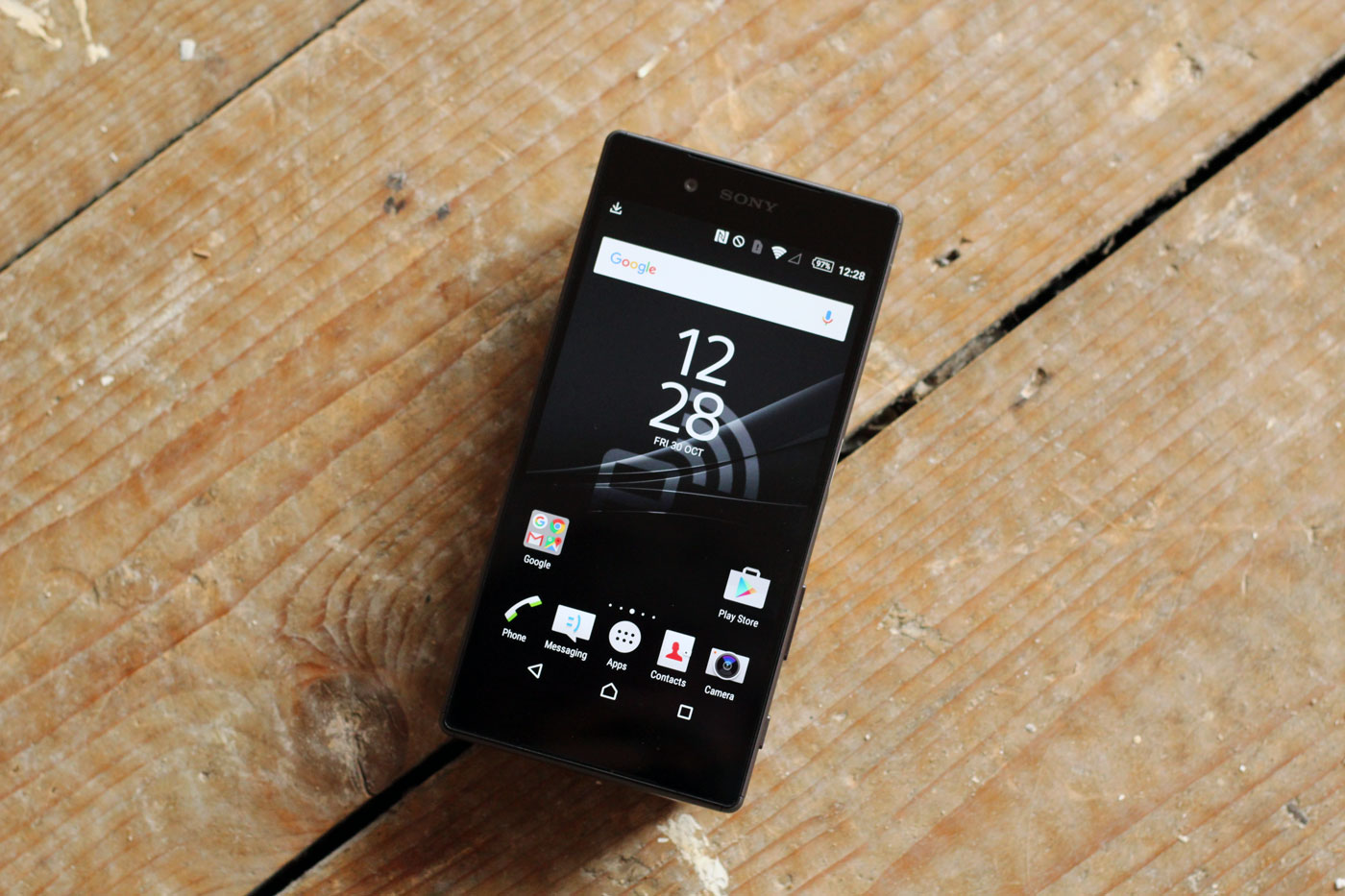It carries the 3D printer in its original foam packaging.

Ultimaker's 3D printers will now ship out with a backpack, so you can take them anywhere you want. Now, we don't know why you'd want to to lug a big device around, but we won't judge. Maybe you want to impress a cute, geeky date or print out anything you want to on the go. Or maybe, like the team behind 3DPrinterOS -- those two dudes in the picture above -- you actually need to carry a printer with you for something important, such as teaching 3D printing classes. Whatever your reasons are, this backpack designed to carry the printer in its foam packaging is at least a safer option than regular bags. So, next time a friend moans about the need for a special weapon that can up their Pokémon Go game, you can say "I got you, bro."
watch the video here
source: Engadget


